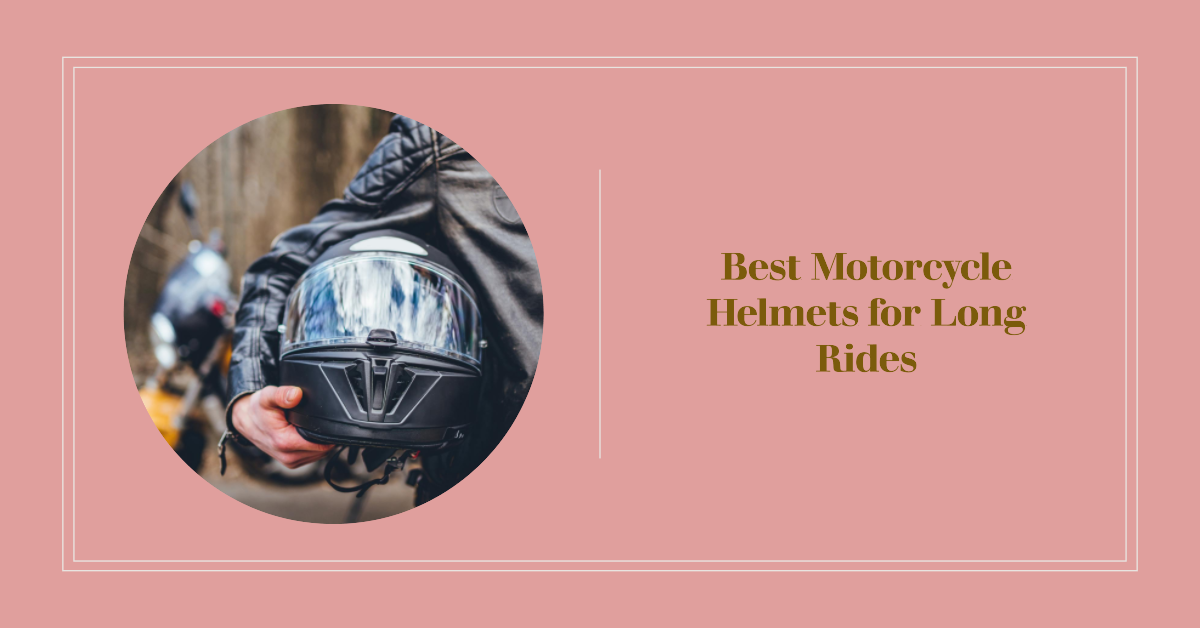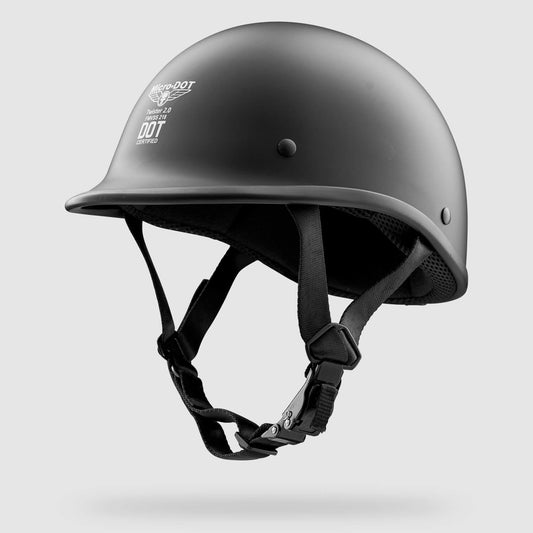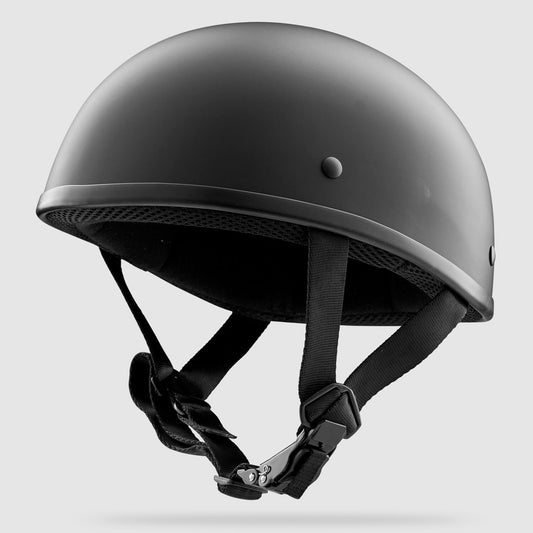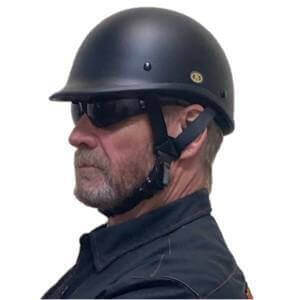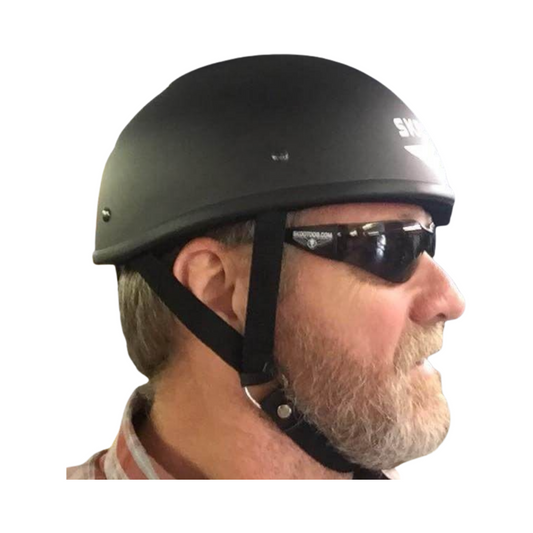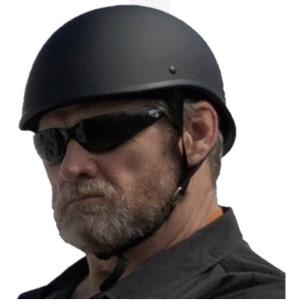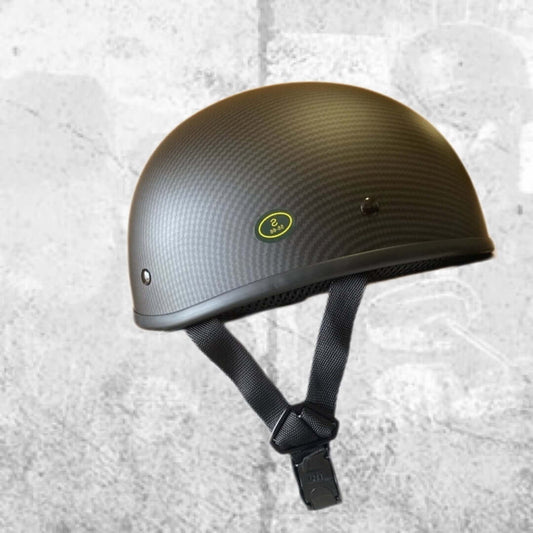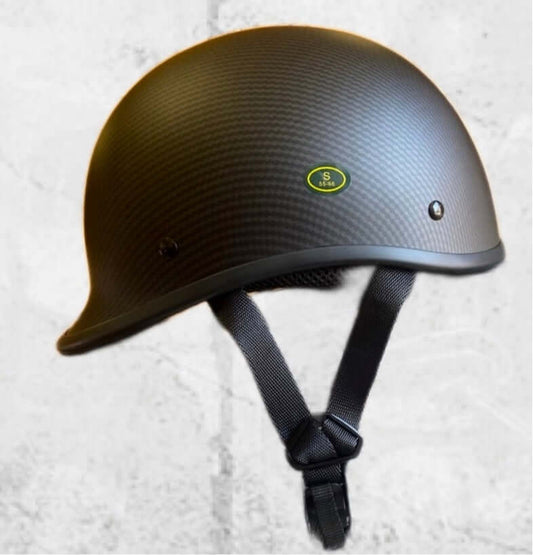In the world of motorcycle riding, choosing the right helmet is as crucial as selecting the bike itself. Helmets are not just about safety; they are also about comfort, style, and personal preference. But with so many types of helmets available, how do you know which one is right for you? In this comprehensive guide, we'll explore the various kinds of motorcycle helmets, their features, how to choose the perfect one for your riding needs, and answer some frequently asked questions.
Table of Contents
- Summary: A Quick Guide to Motorcycle Helmet Types
- The Diverse World of Motorcycle Helmets
- Key Features of Motorcycle Helmets
- Selecting the Perfect Motorcycle Helmet
- Caring for Your Motorcycle Helmet
- Frequently Asked Questions
Summary: A Quick Guide to Motorcycle Helmet Types
Motorcycle helmets come in various designs, each offering different levels of protection, comfort, and style. From the comprehensive protection of Full-Face Helmets to the minimal coverage of Half Helmets, there's a type for every rider. Modular Helmets offer versatility, Open-Face Helmets give a sense of freedom, Off-Road Helmets are designed for the adventurous, and Dual-Sport Helmets blend the best of both worlds. For the tech-savvy, Intelligent Helmets are loaded with advanced features. Key considerations include aerodynamic design, ventilation, impact absorption, visibility, comfort padding, safety certifications, materials used, noise reduction, weather protection, and customization options.
The Diverse World of Motorcycle Helmets
Full-Face Helmets: The Ultimate Protection
Full-Face Helmets are the go-to choice for riders seeking maximum safety. They cover the entire head and neck, including a chin bar, crucial for frontal impact protection. These helmets are known for their aerodynamic design, which is vital at high speeds. They also feature advanced ventilation systems and impact absorption technology, ensuring both comfort and safety. For those looking for DOT-approved options, our collection offers a range of choices.
Modular Helmets: Flexibility and Comfort
Modular Helmets, also known as Flip-Up Helmets, are a hybrid between full-face and open-face helmets. They come with a chin bar and visor that can be flipped up, offering the protection of a full-face helmet and the convenience of an open-face helmet. These are particularly popular among touring riders due to their versatility and comfort features.
Open-Face Helmets: The Classic Choice
Open-Face Helmets, or 3/4 Helmets, cover the top, back, and sides of the head but leave the face exposed, offering a greater field of vision and a sense of openness. They are a popular choice for city riders and those who prefer a more classic look. While they provide less protection than full-face helmets, many come with extended visors for added safety.
Half Helmets: Minimal Coverage, Maximum Freedom
Half Helmets are the minimalist's choice, covering only the top of the head. They provide the least protection but offer the most freedom. These helmets are ideal for short trips or riders who prioritize the feeling of the wind on their face. Our SOA-inspired DOT Beanie Micro Dot is a perfect example of style meeting minimalism.
Off-Road Helmets: For the Trail Blazers
Off-Road Helmets are designed for adventure enthusiasts who take their bikes on dirt tracks and uneven terrains. These helmets feature a prominent chin bar and an extended visor for better airflow and protection from debris. They are lightweight yet sturdy, providing the necessary protection without compromising on comfort.
Dual-Sport Helmets: The Best of Both Worlds
Dual-Sport Helmets are a fusion of off-road and full-face helmets. They are suitable for both on-road and off-road use, making them a versatile choice for riders who enjoy both styles of riding. These helmets offer good visibility, ventilation, and are often equipped with a visor.
Intelligent Helmets: The Future of Riding
Intelligent Helmets are the latest innovation in motorcycle gear. They come equipped with advanced technology like Bluetooth, tracking systems, and voice assistance, enhancing the riding experience with connectivity and convenience. These helmets are perfect for riders who love tech and want to stay connected while on the road.
Key Features of Motorcycle Helmets
Ventilation Systems: Keeping Cool and Comfortable
A crucial aspect of helmet design, especially in Full-Face, Modular, and Off-Road helmets, is the ventilation system. Good airflow is essential for comfort, particularly on long rides or in warm climates. Helmets with advanced ventilation systems prevent the buildup of heat and moisture inside the helmet, ensuring a more comfortable and focused riding experience.
Impact Absorption: The Core of Helmet Safety
At the heart of every helmet's design is its ability to absorb impact. This feature is crucial for protecting your head in the event of an accident. Materials like polycarbonate, fiberglass, carbon fiber, and Kevlar are commonly used in helmets for their strength and lightweight properties. The inner lining, usually made of dense foam, plays a significant role in absorbing shock and protecting your head.
Visibility Features: Seeing and Being Seen
Visibility is a two-way street in helmet design. For the rider, wide eye ports in Open-Face and Dual-Sport helmets provide an expansive field of view. Full-Face and Modular helmets often come with clear, tinted, or photochromic visors to adapt to different lighting conditions. For other road users, many helmets incorporate reflective materials or designs to enhance the rider's visibility, especially in low-light conditions.
Comfort Padding: The Difference Between Good and Great
Comfort padding is not just about comfort; it's also about fit and safety. A helmet that fits well will stay securely in place during a ride or in the event of a crash. Different helmets offer various padding options, from basic cushioning to advanced, contouring materials that adapt to the shape of your head. For instance, the SOA Style Beanie Flat Black combines comfort with a sleek design.
Safety Certifications: Your Assurance of Protection
Safety certifications like DOT and ECE are not just stickers on the back of your helmet; they are assurances that the helmet has passed rigorous testing for safety standards. When choosing a helmet, ensure it meets the safety standards required in your country or region. This is non-negotiable for any rider who prioritizes safety.
Noise Reduction: For a Quieter Ride
Especially important for touring and long rides, noise reduction in helmets can significantly enhance the riding experience. Full-Face and Modular helmets often have design features that reduce wind noise, allowing for a quieter and more enjoyable ride. This is crucial for reducing rider fatigue and maintaining focus on long journeys.
Weather Protection: Ready for All Conditions
Different helmet types offer varying levels of weather protection. Full-Face and Modular helmets provide the best defense against rain, wind, and cold. Open-Face and Half Helmets offer less protection but greater airflow, which can be more comfortable in hot weather. Choosing the right helmet for your typical riding conditions is essential for a comfortable ride.
Customization Options: Making It Yours
Customization is not just about aesthetics; it's about functionality too. Many helmets offer interchangeable visors, cheek pads, and the ability to integrate communication systems. This allows riders to tailor their helmets to their specific needs and preferences. Whether it's changing the visor on a DOT-approved helmet for different lighting conditions or adding a Bluetooth system for communication, customization options enhance the riding experience.
Selecting the Perfect Motorcycle Helmet
Understanding Your Riding Style and Needs
Your choice of helmet should reflect the type of riding you do most often. Are you a city commuter, a long-distance tourer, or an off-road enthusiast? For instance, city riders might prefer the lightweight and open design of an Open-Face Helmet, while those embarking on long journeys might opt for a Full-Face or Modular helmet for better noise reduction and weather protection.
Fit and Comfort: Non-Negotiable Factors
A well-fitting helmet is crucial for safety and comfort. Measure your head circumference and consult sizing charts to find the right fit. A helmet should be snug but not uncomfortably tight, and it should stay in place when you move your head. Remember, comfort padding can also affect the fit, so consider this when trying on different models.
Safety Certifications: A Must-Have
Always choose a helmet that meets or exceeds safety standards. Look for DOT, ECE, or other relevant certifications to ensure your helmet has been tested for impact resistance, strap strength, and other safety features. For example, our DOT-approved helmets meet stringent safety criteria, providing peace of mind along with style.
Consider Additional Features
Think about extra features like visor options, ventilation systems, and communication capabilities. For instance, the T2 Twister 2 DOT-approved Reversible Beanie Helmet offers versatility and style, making it a great choice for riders who value both.
Caring for Your Motorcycle Helmet
Regular Cleaning
Keep your helmet clean both inside and out. Use mild soap and water for the exterior and interior padding. Avoid harsh chemicals that can damage the helmet's materials. Regular cleaning not only maintains the helmet's appearance but also extends its lifespan.
Proper Storage
When not in use, store your helmet in a cool, dry place away from direct sunlight. Exposure to UV rays and extreme temperatures can degrade the materials over time. Consider using a helmet bag for added protection.
Regular Inspection
Regularly inspect your helmet for any signs of wear and tear, especially after an impact. Look for cracks, loose padding, or compromised straps. Remember, even if a helmet looks fine on the outside, it may be damaged internally, so it's crucial to replace it after a significant impact.
Helmet Replacement
Helmets have a limited lifespan, typically around 5 years from the date of manufacture, depending on usage and care. Replace your helmet regularly to ensure maximum protection and performance.
Frequently Asked Questions About Motorcycle Helmets
What is the difference between a motorcycle helmet and a scooter helmet?
Motorcycle helmets are generally built to withstand higher impact levels due to the greater speeds motorcycles can achieve. Scooter helmets might be lighter and less bulky, focusing more on comfort and convenience for lower-speed, urban commuting.
Can I use a bicycle helmet as a motorcycle helmet?
No, bicycle helmets are not suitable for motorcycle riding. Motorcycle helmets are specifically designed to protect against the higher impact forces encountered in motorcycle accidents, which bicycle helmets are not equipped to handle.
How do I know if a helmet is legally compliant in my country?
Check for safety certification stickers like DOT (U.S.), ECE (Europe), or other region-specific standards. These indicate that the helmet meets the legal requirements for motorcycle use in your country.
Is there a difference in helmet requirements for passengers?
Passengers should wear helmets that meet the same safety standards as those required for riders. The fit and protection level should be equivalent to ensure maximum safety.
How often should I replace my motorcycle helmet?
It's recommended to replace your motorcycle helmet every 5 years, or sooner if it has been involved in a crash, shows signs of damage, or if the materials (like the padding or straps) start to degrade.
Are more expensive helmets safer than cheaper ones?
Not necessarily. While more expensive helmets often offer additional features like better comfort, advanced materials, or enhanced aesthetics, they must meet the same safety standards as less expensive helmets. Always prioritize safety certifications over price.
Can I customize my helmet without compromising its safety?
Minor customization, like adding stickers or changing the visor, is usually fine. However, drilling holes or making structural modifications can compromise the helmet's integrity and safety.
What should I do with my helmet if I've been in an accident?
If you've been in an accident, it's recommended to replace your helmet, even if it appears undamaged. The impact can compromise the helmet's internal structure, reducing its effectiveness in future impacts.
How can I test the fit of a helmet?
A properly fitting helmet should be snug but not painfully tight. It should sit level on your head and not move or rotate when you shake your head. Ensure there are no pressure points that could cause discomfort during longer rides.
Are there helmets designed for specific types of motorcycles, like cruisers or sportbikes?
While there are no strict rules, certain helmet styles are more suited to specific types of motorcycles. For example, sportbike riders often prefer full-face helmets for maximum protection at high speeds, while cruiser riders might opt for open-face or half helmets for comfort and style.



